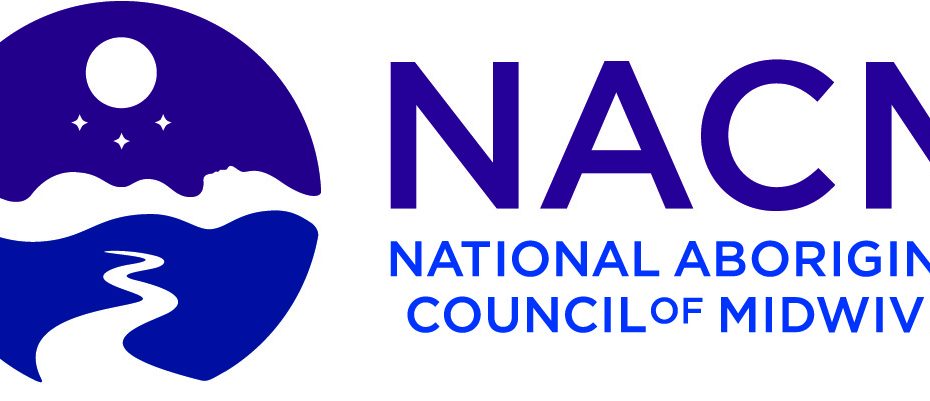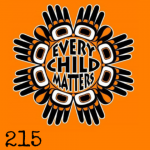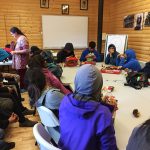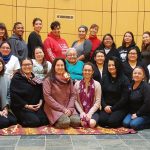On January 11, a great deal of attention was given to a viral video and article featuring Manitoba officials seizing a newborn from an Indigenous mother in the hospital. The video was recorded by a family member and streamed live on Facebook. The content was very difficult for all of us to watch.
We felt it was important for the video and article to be given proper context. The following is a response from the National Aboriginal Council of Midwives (NACM) co-chairs and the CAM president.
Read the article published in the Globe & Mail
The Response from NACM
“At NACM, we know that the current system of apprehension of infants at birth to ensure their health and safety should only ever be in extreme situations and a short-term solution. However, in our current colonial system, apprehension of Indigenous infants at birth is a part of the problem and not a long-term solution to ensuring the health and safety of Indigenous infants, children and families. We must find better answers to be able to support and heal our communities and keep our children safe.
Child apprehensions must be understood in relation to the legacy of colonization, residential schools, the sixties scoop, a society that cannot effectively address addiction and mental health, systemic racism, racial bias and ongoing colonization. The apprehension of Indigenous children continues this colonial legacy. These are harsh words but the trauma of a child apprehension that seeks to sever the mother/ infant bond reverberates through generations. As Indigenous people, we are looking to rebuild our families and communities; to revitalize our culture and to fight for our values to be re-established in society.
Indigenous midwifery is a part of the solution to these complex and multi-faceted issues. We know that midwives support better pregnancy, birth, and childhood for all people and communities. To truly address systemic racism, we must recognize how colonialism has eroded traditional Indigenous social structures. There are few policies that actually protect or reflect Indigenous worldviews, let alone serve the best interest of Indigenous people with regards to their health. This is where the practice of Indigenous midwifery is so powerful as it permits the building of relationships, understanding of responsibilities and restores bonding. A midwife always works collaboratively with other professionals proactively to advocate and ensure the necessary supports are in place to prevent or intervene with apprehensions. Indigenous midwives have a role to play in the revitalizing of our culture and the protection of our children and families. However, our profession and our role in communities has been ignored by the leadership of Canada until very recently. We will always continue to advocate for our infants, children, and parents and to work to ensure that our families and communities remain intact.
Our hearts weep for this family and the far too many other families in the same situation. As Indigenous midwives we will continue to work towards better ways to ensure safe places where mothers and children can begin their lives together in the best possible way, drawing on and surrounded by the strength of our families and communities.”
Chi Meegwetch/Anushiik/Thank you
All My Relations
Carol Couchie, Nishnawbe kwe, NACM Co‑Chair
Claire Dion Fletcher, Potawatomi‑Lenape, NACM Co‑Chair
Nathalie Pambrun, Métis, CAM President




